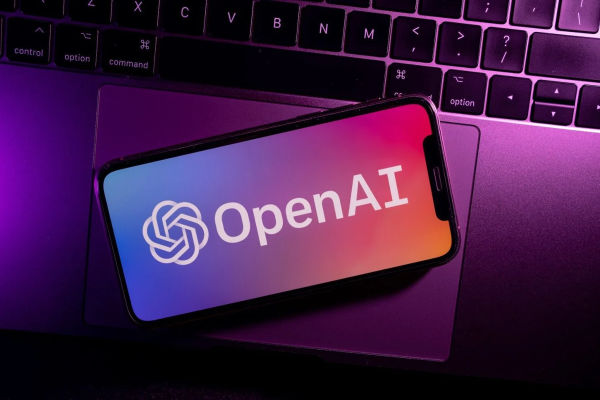1. Federal Reserve Monetary Policy and Speech
The biggest impact on gold prices may be monetary policy controlled by the Federal Reserve.
Interest rate has a great impact on gold price, because interest rate is the "opportunity cost" of gold investment. The opportunity cost refers to the idea of giving up the almost guaranteed income in one investment in exchange for the possibility of obtaining greater income in another investment. When interest rates approach historical lows, bonds and credit default swaps (CDs) in some cases generate nominal returns lower than national inflation rates. In this case, although the yield of gold is 0%, it has become an attractive investment opportunity because the opportunity cost of abandoning these assets is very low. The same is true for rising interest rates, which will push up the interest bearing return on assets and opportunity cost. In other words, as loan interest rates rise, investors are more likely to abandon gold because they will receive higher guaranteed returns.
The Fed's comments can also affect the gold market. The Federal Open Market Committee meets approximately every six weeks to discuss the state of the US economy and the future of monetary policy. If the position taken by FOMC implies that interest rates may rise in the near future, gold prices tend to react poorly, because the opportunity cost of abandoning interest bearing assets rises again. However, if the Federal Open Market Committee implies that the interest rate plan remains stable, gold prices tend to rise, because the opportunity cost of buying gold without interest assets is still low.
2. Economic data
Another factor driving the rise in gold prices is US economic data. Economic data such as employment reports, wage data, manufacturing data, and GDP growth, which have a wider range, will affect the Federal ReserveReserve's monetary policy decisions, which in turn affect gold prices.
Although this is not a certainty, the stronger US economy - low unemployment, job growth, manufacturing expansion, and GDP growth exceeding 2% - has a tendency to drive down gold prices. Strong economic growth means that the Federal Reserve may take action to tighten monetary policy, thus affecting the above opportunity cost dynamics. On the other hand, weak employment growth, rising unemployment rates, weak manufacturing data, and lower than average GDP growth may lead to the Federal Reserve's milder expectations of interest rates and push up gold prices.
3. Supply and Demand
This may be a frequently overlooked issue, but simple supply-demand economics can also affect the price of physical gold.
Like any commodity or service, increasing demand leads to limited or insufficient supply, which tends to drive up the price of that commodity or service. On the contrary, if a commodity or service exceeds demand and demand stagnates or weakens, it will lower the price.
According to the World GoldAccording to Council data, gold demand increased by 15% in the first half of 2016 to 2335 tons, with investment demand soaring by 16%, reaching the highest level since 2009. However, in the first half of 2016, gold supply only increased by 1%, which was the slowest growth in supply since 2008.
4. Inflation
The fourth factor in the price of gold is inflation, which means an increase in the prices of goods and services. Although the two are not absolutely related, an increase or rise in inflation often pushes up gold prices, while a decrease in inflation or deflation levels can put pressure on gold prices.
Inflation is almost always a sign of economic growth and expansion. When the economy grows and expands, the Federal Reserve usually expands the money supply. Expanding the money supply will dilute the value of existing paper currency in circulation, making it more expensive to purchase assets (such as gold) that are considered a means of storing value. This is why the rapid expansion of the money supply through quantitative easing programs is seen as beneficial to the price of physical gold.
5. Exchange Rate Fluctuations
Currency fluctuations - especially in the US dollar, as the price of gold is denominated in US dollars - are another powerful influencing factor.
The decline of the US dollar tends to push up the price of gold, as other currencies and commodities around the world will appreciate when the US dollar falls. On the contrary, the strengthening of the US dollar is often due to the continuous growth of the US economy. This also pushed down the price of gold, as it has a reverse relationship with the US dollar.
6. ETFs
Among these seven factors, the behavior of ETFs may have the least impact on gold prices. The original intention of ETFs is not to become market drivers, but they are still worth mentioning.
ETFs are a basket of funds that investors can purchase, which can increase liquidity and have the potential to spread risk across a large number of assets at the lowest cost. The largest gold ETF SPDR gold sharesETFs buy and sell physical gold bars based on investors' needs. As the demand for gold investment changes, the buying and selling activities of ETFs will affect prices.
7. Uncertainty
Finally, a wide range of uncertain factors can also affect gold prices.
There is no specific factor here that perfectly encompasses the uncertainty that affects the trend of gold, but political uncertainty and/or instability may be the best example. Simply put, the stock market craves certainty and is often the enemy of gold prices. I don't know what consequences Brexit will bring to the UK and Europe, who will become the 45th President of the United States, and whether the threat of terrorism in the Middle East can be resolved. All of these may lead to uncertainty in global economic growth and contribute to the rise of gold prices.
One thing investors must remember is that uncertainty is not quantifiable statistical data like many other points. It is completely a psychological factor that depends on investors, and it will vary with different events.






